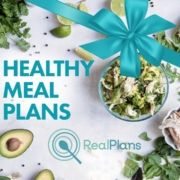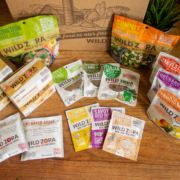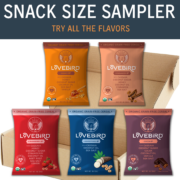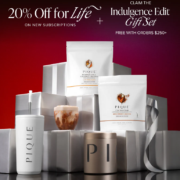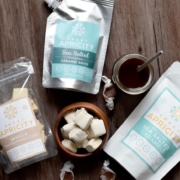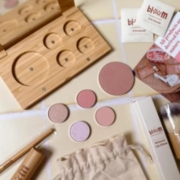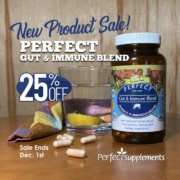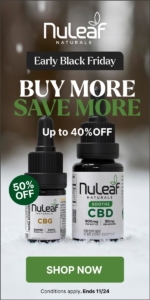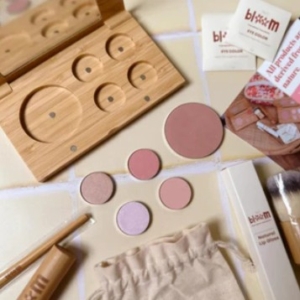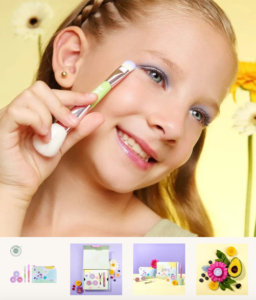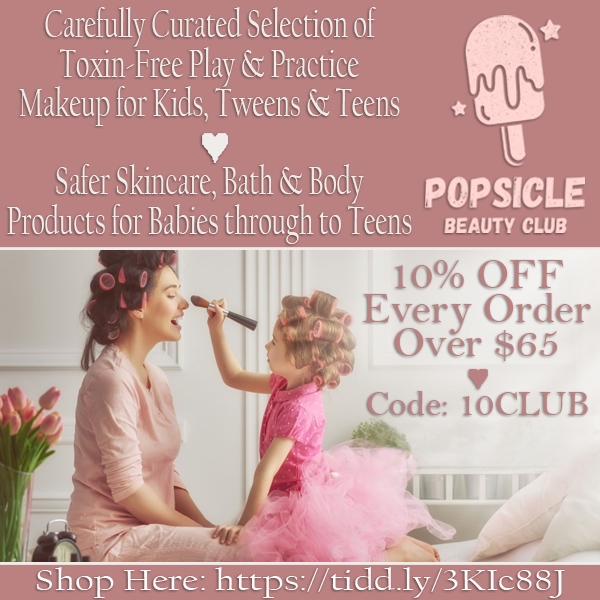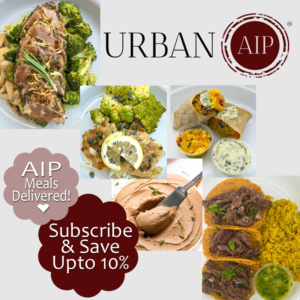Healing Through Ho’oponopono for Autoimmune Healing: A Gentle Path to Peace and Grace
As we wrap up another year—one that may have held beauty, setbacks, flare-ups, growth, tears, progress, and everything in between—I want to offer you a practice that has brought many people a sense of peace, grounding, and emotional spaciousness: Ho’oponopono for autoimmune healing.
I first heard of this practice many years ago when I started my healing journey and stumbled across a powerful documentary called E-Motion (which has since been updated to E-Motion 2.0), which explores how trapped emotions and stress can affect our health. Insights from healers across Western medicine, quantum physics, kinesiology, biology, and genetics highlighted how addressing emotional patterns can influence physical well-being.
Recently, Ho’oponopono came up in an email, reminding me that I need to give myself more grace. After a busy, stressful year of flares and new diagnoses, it felt like the perfect time to share this practice—especially as we reflect at the close of the year.
Ho’oponopono is a Hawaiian practice of reconciliation and forgiveness that many people today use as a simple, personal mantra for emotional healing. While the traditional form is deeply rooted in Indigenous Hawaiian culture and community-based, the individual practice focuses on inner peace, personal responsibility, and softening the nervous system.
It’s accessible to people of any faith or no faith, and it blends beautifully with the heart of autoimmune healing: slowing down, honoring your body, and meeting yourself with grace instead of pressure.
You’ve likely heard the four phrases often associated with the practice:
I’m sorry.
Please forgive me.
Thank you.
I love you.Simple words—yet powerful when said with intention.
What Is Ho’oponopono?
Ho’oponopono is rooted in traditional Hawaiian wisdom, centered on restoring balance and harmony through forgiveness and reconciliation.
The name itself means “to make right.” Ho’oponopono can also be understood as “making things thoroughly right” or “restoring balance completely,” reflecting the practice’s focus on harmony and reconciliation.
In its traditional form, it was a guided process within families or communities to restore harmony, address grievances, and repair relationships.
The way it’s often practiced individually today is much simpler: repeating the four phrases while focusing on emotional responsibility, gratitude, and self-compassion.
How Ho’oponopono May Relate to Autoimmune Healing
This practice is not a cure for autoimmune disease, nor a replacement for conventional medical treatment. But as a mind–body support tool, it can complement the larger healing picture in meaningful ways.
Here’s why it’s relevant:
Stress Reduction
Autoimmune conditions are closely linked with chronic stress, and calming the nervous system is a critical part of symptom management. Ho’oponopono can create a grounding moment to pause, regulate, and interrupt stress-driven patterns. Some practitioners and clinicians note that consistent mind–body practices like this one may help reduce overall stress load.
Complementary Support
Ho’oponopono fits within the category of mind–body approaches. It focuses on emotional and mental healing, which can be used alongside conventional interventions such as medication, physical therapy, dietary changes, and lifestyle adjustments.
Managing Symptoms
There is preliminary evidence that practices inspired by Ho’oponopono may improve quality of life for people experiencing chronic pain.
For example, one study found that incorporating a Ho’oponopono-based meditation into therapeutic education helped reduce pain and improve sleep quality in people with chronic low back pain. While this study focused on back pain, not autoimmune disease, it suggests potential benefits for stress-related symptoms, pain perception, and overall well-being.
For those of us living with autoimmune conditions, these gentle nervous-system shifts matter.
While the research is preliminary, many in the autoimmune community find that simply taking moments to pause, breathe, and reconnect with their bodies can create profound emotional relief.
Why People with Autoimmune Conditions Connect With Ho’oponopono
Autoimmune healing asks us to live in the in-between:
• holding onto hope while managing symptoms
• supporting our bodies while grieving limitations
• staying consistent without becoming perfectionistic
• finding calm when life feels loud
It’s easy to slip into self-criticism:
“Why can’t I just push through?”
“My body is failing me.”
“I should be stronger than this.”
But none of this is your fault.
Your body isn’t the enemy—it’s trying to protect you.
Ho’oponopono invites you into a different relationship with yourself—one built on softness, compassion, and patience, rather than waging war with your body or criticizing yourself for what you can’t control.
What It Looks Like in Real Life
I recently read an account from someone living with chronic pain—an experience that will feel familiar to so many people navigating autoimmune disease.
They shared how they spent years fighting their body: forcing movement, pushing through flare-ups, avoiding mirrors, and feeling betrayed by pain that wouldn’t resolve. Their inner dialogue had become tense, harsh, and exhausted.
During a bodywork session, the practitioner quietly offered the Ho’oponopono phrases. The person could say the first three, but “I love you” caught in their throat—because they didn’t feel it.
But something softened.
The next day, they tried again—this time during gentle movement. Same routine. Same symptoms. Same tightness.
But with different words.
“Thank you, body, for getting me this far.”
“I’m sorry for how I’ve treated you.”
“Please forgive me.”
“I love you.”
The movements didn’t change—but the relationship did. For the first time in years, they weren’t fighting their body; they were listening, and relief followed naturally. That shift opened the door to steadier progress—because healing isn’t forced; it’s built through relationship.
How to Try It: A Simple, Gentle Approach
This practice doesn’t require structure or ritual. You don’t need a quiet room, incense, or a long block of time. Just a moment.
• Pause when you feel overwhelmed, flared, frustrated, or tense.
• Breathe slowly. Nothing to fix—just presence.
• Repeat the four phrases, silently or aloud.
• Let the words meet you where you are, without expectation.
Say the phrases gently for a moment or two, whatever feels comfortable—there’s no expectation, no pushing, no finish line. Instead of trying to feel better instantly or avoiding feelings, this practice is about meeting yourself with honesty, gentleness, and compassion.
Try repeating the phrases once today, right now—even for a few breaths—and notice how it feels to meet yourself with kindness.
I’m sorry.
Please forgive me.
Thank you.
I love you.You don’t have to do it perfectly. Even a single breath, a single repetition, is enough to invite a little more kindness into your day.
As We Move Into a New Year…
Think of Ho’oponopono as a soft doorway between the year closing and the one ahead.
A chance to:
• release the pressure you’ve carried
• appreciate the resilience you’ve shown
• forgive yourself for the hard days
• honor how far you’ve come
• create space for the year you want to build
Autoimmune healing is lifelong—but so is your capacity for grace, self-kindness, and renewal.
So as we move into a new chapter, ask yourself:
What would happen if I stopped fighting my body and started thanking it instead?
If you take nothing else from this practice, let it be this:
You don’t heal through force.
You heal through relationship.
A relationship with your body.
Your nervous system.
Your emotions.
Your boundaries.
Your pace.
And above all—a relationship built on compassion.
Here’s to closing the year at peace with your body—and stepping into the next one with grace, patience, and self-kindness.


